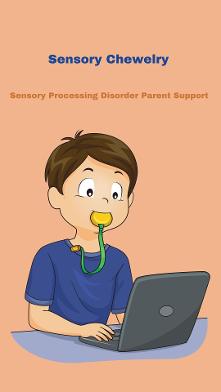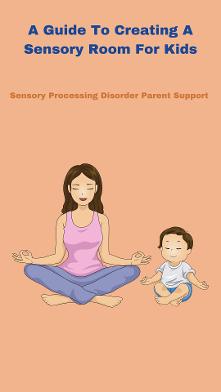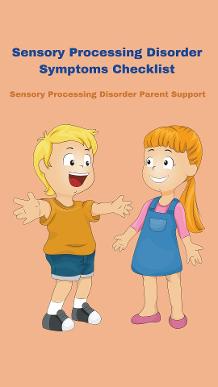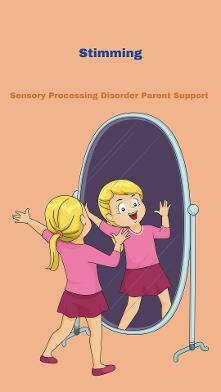How Do I Know if my Child has Sensory Issues
It can be very concerning as a parent when your child exhibits behaviors that seem different from their friends. You may have noticed that your child has difficulty with different sounds, smells or they may seem overly sensitive or avoidant to different types of sensory input in their environment.
These behaviors could be symptoms of sensory processing disorder. Sensory processing is how our brain receives and responds to sensory input from our surroundings.
This could be from any of the five senses of touch, taste, smell, sight, and hearing, as well as the lesser known human senses of interoception, proprioception (awareness of body position) and vestibular (balance and movement).
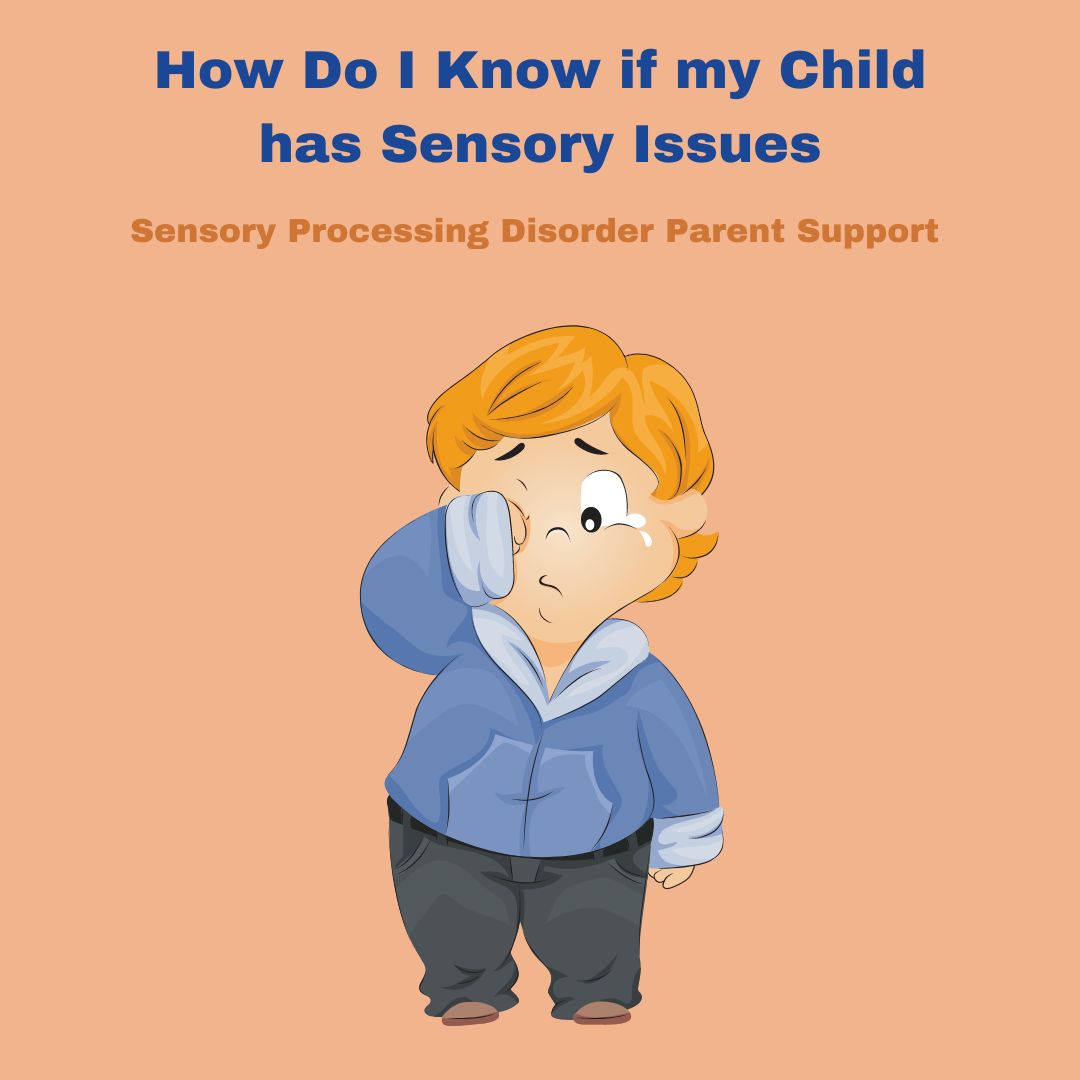
Sensory processing is an automatic process and natural response but for some it can be overwhelming and very challenging. They may have difficulties in processing and responding to sensory information, leading to sensory processing difficulties.
It is common that most children who are struggling with sensory processing differences experience difficulties when having a bath or shower, cutting nails, cutting or brushing their hair or struggle to eat foods. These are just some of the more common sensory processing disorder symptoms that parents notice.
There are a lot of symptoms for sensory processing disorder. Some people could have just a few symptoms and someone could have a lot of symptoms. Some may experience sensory processing disorder severely while others may have mild sensory differences. Click here for a full sensory processing disorder symptoms checklist.
Every child is unique and not all children will exhibit the same symptoms of sensory processing disorder but here are some common signs that your child could be struggling with sensory processing differences.
Children with sensory processing issues may be easily overwhelmed or irritated by different textures, sounds, or smells. They may cover their ears or avoid certain foods because of their sensitivities.
Some children may not respond or hardly respond to sensory input at all in their environments. They may not react to pain or notice temperature changes.
Children with sensory processing difficulties may avoid different activities that involve sensory input like playing in the sand, going to crowded places or swinging on a swing.
Children with sensory processing issues may have a difficult time transitioning from one activity to another activity. They may become upset and meltdown when their routines changes.
Sensory processing disorder can also affect a child's motor skills, making it difficult for them to perform different tasks like tying their shoelaces, using scissors or buttoning up a shirt.
If you think that your child may be struggling with sensory processing disorder, it is important to speak to your child's doctor. An occupational therapist or a developmental pediatrician can evaluate your child's sensory processing and provide appropriate interventions for them.
Every child is unique and not all children will exhibit the same symptoms of sensory processing disorder but here are some common signs that your child could be struggling with sensory processing differences.
Children with sensory processing issues may be easily overwhelmed or irritated by different textures, sounds, or smells. They may cover their ears or avoid certain foods because of their sensitivities.
Some children may not respond or hardly respond to sensory input at all in their environments. They may not react to pain or notice temperature changes.
Children with sensory processing difficulties may avoid different activities that involve sensory input like playing in the sand, going to crowded places or swinging on a swing.
Children with sensory processing issues may have a difficult time transitioning from one activity to another activity. They may become upset and meltdown when their routines changes.
Sensory processing disorder can also affect a child's motor skills, making it difficult for them to perform different tasks like tying their shoelaces, using scissors or buttoning up a shirt.
If you think that your child may be struggling with sensory processing disorder, it is important to speak to your child's doctor. An occupational therapist or a developmental pediatrician can evaluate your child's sensory processing and provide appropriate interventions for them.
DISCLAIMER: I am not an Occupational Therapist. I am an adult who has Sensory Processing Disorder, a sensory parent and a Grandma. The information on this website is not medical advice and does not replace the information that your child's therapists gives you. These are just ideas and information that I have learned myself over the years of being a parent and an adult living with SPD. If you are concerned for your child, please always seek medical attention through a family doctor, pediatrician or therapist. This website is for suggestions and informational purposes only. Each child is different and what works for one child may not for another because all children have different needs. Please always consult with a professional.
Amazon offers a small commission on products sold through their affiliate links on my website. Each of your purchases through links on my website for Amazon affiliation links or sponsored links supports me but at no additional cost to you so thank you for your purchases. I appreciate it so much!
